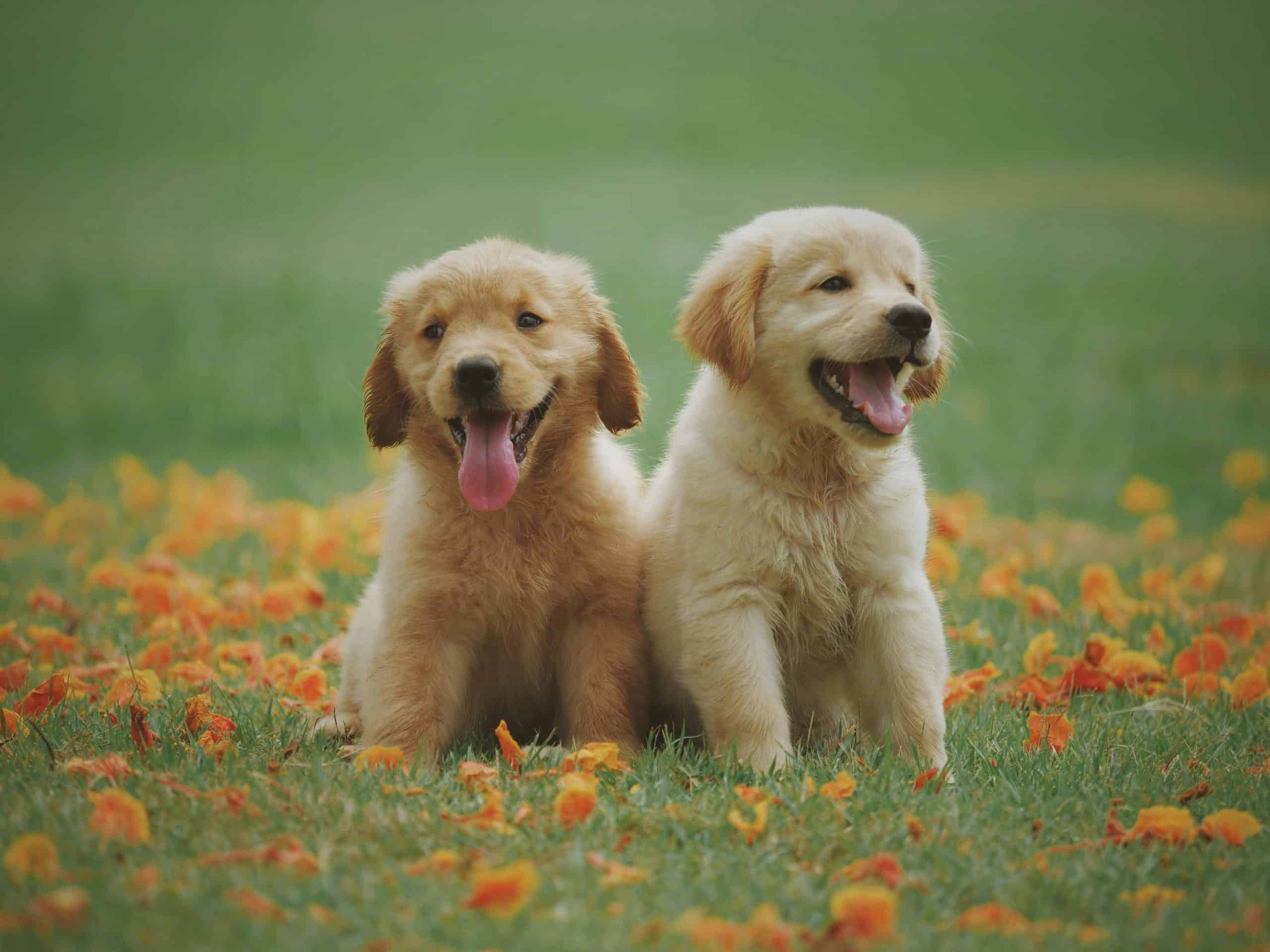A dog’s behavior is usually an indication of its mental and physical well-being. One particular behavior that often alarms dog owners is resource guarding. When a dog is seen growling or snapping when a person or another animal approaches its food bowl or a favorite toy, it’s a clear sign of resource guarding. This article provides a comprehensive guide on addressing this behavior in dogs, featuring recommendations from the American Kennel Club (AKC) and expert advice on training your puppy or dog. Let’s delve into how you can better understand and modify your furry friend’s behavior to create a harmonious living environment.
Recognizing Resource Guarding
Resource guarding is a behavior that dogs exhibit when they feel a need to protect their food, toys, treats, or any other item that they consider valuable. This behavior is entirely natural and is often seen in wild animals as it helps them survive. However, in a domestic setting, it might cause problems if not managed effectively.
Topic to read : What’s the Best Way to Potty Train a Stubborn French Bulldog Puppy?
Dogs might guard resources from humans, other dogs, or other pets in the house. The signs of resource guarding can range from subtle to severe. A dog might stiffen, growl, or snarl when someone approaches its food or favorite toy. In severe cases, the dog might snap or even bite to protect its resources.
Understanding the triggers for your dog’s resource guarding behavior is the first step towards addressing the issue. Once you can predict your dog’s response, you’ll be better equipped to manage situations and reduce the risk of aggression.
In the same genre : How to Create an Indoor Play Area for a Toy Poodle with Limited Space?
The Role of Training in Addressing Resource Guarding
Training is a crucial tool in managing resource guarding. The aim is to change the dog’s perception of someone approaching its resources from a potential threat to a positive event. Consistent, positive reinforcement can significantly improve your dog’s response to potential triggers.
The AKC recommends a gentle approach to training, focusing on building trust with your dog rather than trying to dominate it. Start by approaching your dog when it’s near a resource but not displaying any guarding behavior. Speak in a calm, friendly tone and offer a treat. The idea is to condition the dog to associate your approach with good things happening.
Avoid taking the guarded item away from your dog during training sessions. This could reinforce the dog’s fear and lead to increased guarding behavior. Instead, trade the guarded item with another treat or toy that the dog values. This will help your dog learn that giving up resources can result in good things.
Choosing the Right Resources for Your Dog
The items your dog guards can provide valuable insights into what triggers its resource guarding behavior. Understanding this can help you manage the situation better and reduce the chances of an aggressive episode.
For instance, if your dog shows guarding behavior over its food bowl, consider changing the feeding routine. You could try feeding your dog several smaller meals throughout the day instead of one large meal. This could help reduce the dog’s anxiety around food.
If the dog guards toys or other items, consider providing multiple items of the same type. This way, the dog will have an alternative available and might feel less compelled to guard a single item.
Introducing a New Puppy to a Resource Guarding Dog
Introducing a new puppy to a dog that exhibits resource guarding can be a challenge. The existing dog might perceive the new addition as a threat to its resources, which could intensify the guarding behavior.
To ease this transition, it’s a good idea to introduce the new puppy slowly and in a controlled environment. Keep the dogs separated during feeding times and when toys or other guarded items are present. This can help prevent any potential confrontations.
Over time, as the dogs get used to each other, you can gradually allow them to interact more. But always supervise their interactions and intervene if any signs of resource guarding start to appear.
Addressing resource guarding requires patience, understanding, and consistent, positive reinforcement. It’s a journey that might take time, but with the right approach, your furry friend can learn to share its resources and live harmoniously with other pets and people.
Understanding Canine Body Language and Resource Guarding
Understanding your dog’s body language is essential in addressing resource guarding. Dogs communicate their feelings and intentions through various signals, and paying attention to these signals can help prevent aggressive encounters.
When a dog is guarding a resource, it often displays specific body language. The dog might become stiff and still, with its body hunched over the resource. It might also growl, bare its teeth, snap, or even bite if it feels threatened. These signs indicate that the dog is uncomfortable with someone approaching its resource and is prepared to defend it.
If you notice these signs, it’s important not to confront the dog or try to take away the resource. Instead, calmly remove yourself or other pets from the situation. Once the dog feels that its resource is no longer threatened, it will relax.
Training your dog to associate your approach with positive outcomes can also help alter its body language over time. As your dog starts to see you as a source of good things instead of a threat to its resources, you’ll notice changes in its posture and behavior. The dog will appear more relaxed and less defensive when you approach.
Remember, it’s crucial to respect your dog’s warning signals and not to push its boundaries. Doing so can escalate the situation and lead to aggressive behavior. Always consult a professional dog trainer if your dog’s resource guarding behavior continues despite your efforts.
The Role of Dog Sports in Resource Guarding
Engaging your dog in various dog sports is a beneficial way to address resource guarding. These activities not only provide physical exercise but also mental stimulation for your canine friend. They can help to reduce anxiety, build confidence, and foster a stronger bond between you and your dog.
Dog sports that involve obedience training, such as agility or flyball, can be particularly helpful. These sports require the dog to follow commands and work closely with its human partner. They can enhance your dog’s listening skills, improve its focus, and strengthen your role as a leader.
When a dog is actively engaged in sports, it has less time and energy to worry about guarding its resources. The dog’s focus shifts from the resource to the activity at hand. This can help to reduce the intensity of the guarding behavior.
Moreover, dog sports often involve reward-based training, which aligns well with the positive reinforcement approach for addressing resource guarding. The dog learns that good things happen when it listens to you and cooperates, which can help to change its perception of you as a threat to its resources.
However, it’s important to remember that not all dogs are suited for all sports. It’s crucial to find a sport that your dog enjoys and is suited for, considering its breed, age, and physical condition. Always consult a professional dog trainer for advice on the best activities for your dog.
Conclusion
Resource guarding is a natural behavior in dogs, but it can cause problems if not managed appropriately. Understanding your dog’s triggers and body language can go a long way in addressing this behavior. Training plays a significant role, with a focus on positive reinforcement to change your dog’s perception of someone approaching its resources.
Choosing the right resources for your dog and ensuring it has enough of them can help to reduce the intensity of the guarding behavior. If you’re introducing a new puppy, do so slowly and monitor their interactions to prevent potential confronties.
Dog sports can also be beneficial, providing both physical and mental stimulation and building a stronger bond between you and your dog. However, consult a professional dog trainer if your dog’s resource guarding behavior continues despite your best efforts.
Addressing resource guarding is a journey that requires patience, understanding, and consistency. With the right approach, you can help your furry friend feel more secure, reduce aggressive behavior, and promote a harmonious living environment for everyone. Stay positive, be patient, and remember that change takes time.






